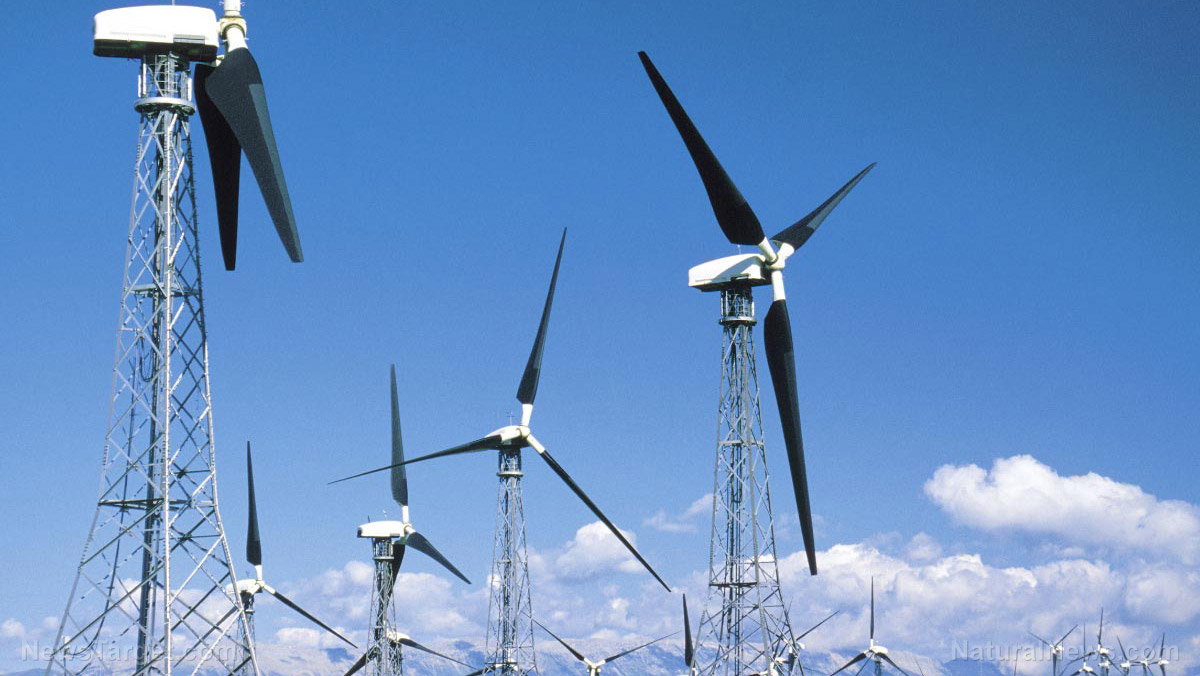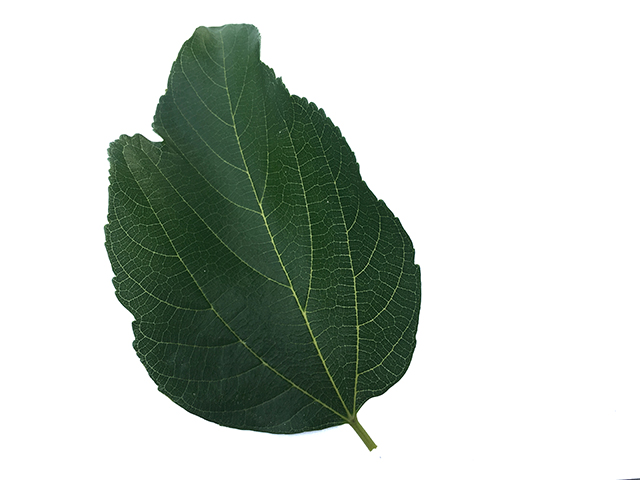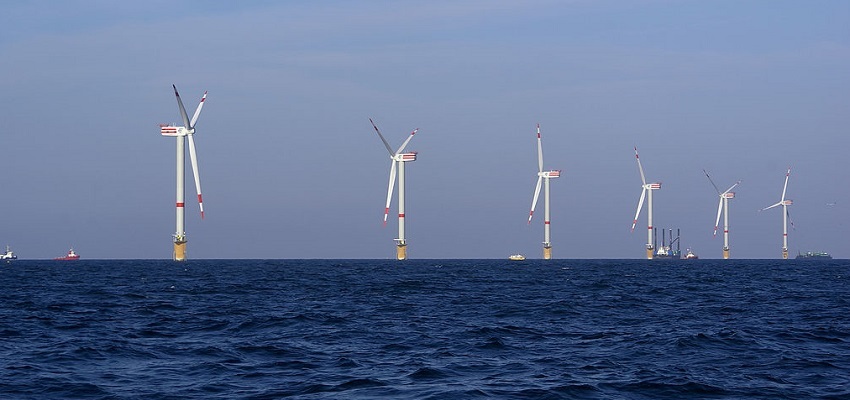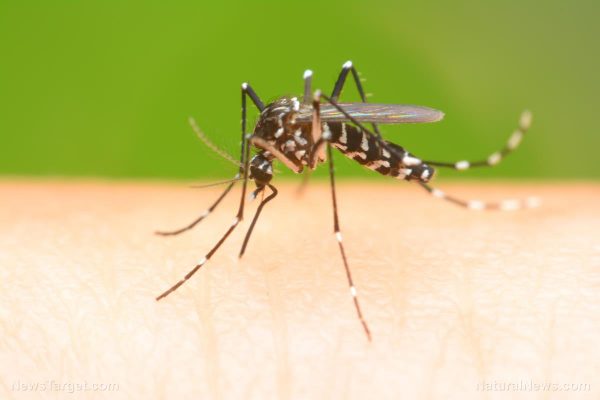Wind turbines could be made less noisy by copying serrated wing edges from owls
07/09/2017 / By Jhoanna Robinson

A new study that was done by a team of experts from Japan and China, and which was published in the journal Bioinspiration and Biomimetics on Wednesday, July 5, showed the possibility of using concepts that can be gleaned from the unique wing features of owls to make the motion of wind turbines and aircraft quieter.
Researchers analyzed the jagged edges of owls’ wings to uncover more revelations as to how this study can be used to make the wings of wind turbines, propeller-driven aircraft, multi-rotor drones, and other machines work more silently, seeing as how owls’ wings resemble the wings of these machines.
Lead author Hao Liu, who is a professor at Chiba University in Japan, said owls are the perfect subject to concentrate on in the quest for silencing the motion of machines that use wing-like propellers. “Owls are known for silent flight, owing to their unique wing features, which are normally characterized by leading edge serrations, trailing edge fringes, and velvet-like surfaces,” he said.
“We wanted to understand how these features affect aerodynamic force production and noise reduction, and whether they could be applied elsewhere,” he added.
Advanced computer nmodeling simulations were utilized during the conduct of the study. Using owl-inspired featherwing models with and without leading edge serrations, the researchers did large-eddy simulations – which are mathematical models for turbulence that are utilized in computational fluid dynamics to simulate air flows – and particle-image velocimetry (PIV) and force measurements in a low-speed wind tunnel.
The researchers found out that leading-edge serrations can manage the transition from calm and flowing to turbulent air flow over the upper wing surface at angles of attack (AoA) between zero and 20 degrees.
“We found, however, that a tradeoff exists between force production and sound suppression. Serrated leaning-edges reduce aerodynamic performance at lower AoAs at 15 degrees compared to clean leading-edges, but can achieve noise reduction and aerodynamic performance at AoAs above 15 degrees, which owl wings often reach in flight,” Prof. Liu said.
“These owl-inspired leading serrations, if applied to wind turbine blades, aircraft wings or drone rotors, could provide a useful biomimetic design for flow control and noise reduction. At a time when issues of noise are one of the main barriers to the building of wind turbines, for example, a method for reducing the noise they generate is most welcome,” he noted.
Nature’s silent hunter
Steven Bost, a naturalist at Montauk Park in Dent County, Missouri, in his presentation titled Owls – Supreme Hunters of the Night on June 30, 2017, called the birds the “stealth fighters of nature”. This has something to do with their silent flight, which is very effective when it comes to catching prey.
Owls’ wings, which are soft and fringed on the side, break up the sound of their flight, making it possible for owls to swoop in directly and catch their prey unaware until it was too late to make a move.
Research shows wind turbine rotors’ ‘ultrasound’ cause negative effects
In 2015, Dr. Christian Koch of the Max Planck Institute for Human Development in Berlin, Germany stated that the “infrasound” waves that are created by wind turbines’ rotors caused humans who hear them to have mental and emotional issues, saying, “The observations showed a reaction in certain parts of the brain which play a role in emotions. This means that a human being has a rather diffuse perception, saying that something is there and that this might involve danger.” (Related: Wind turbines emit brain-disrupting ‘ultrasound pollution’ that affects people for miles around)
Wind industry representatives, however, were quick to dismiss the scientist’s findings.
Read up on more stories like this one at scientific.news.
Sources include:
Tagged Under: biomimicry, green energy, noiseless flight, owls, serrated wings, wind turbine rotors, Wind Turbines




















